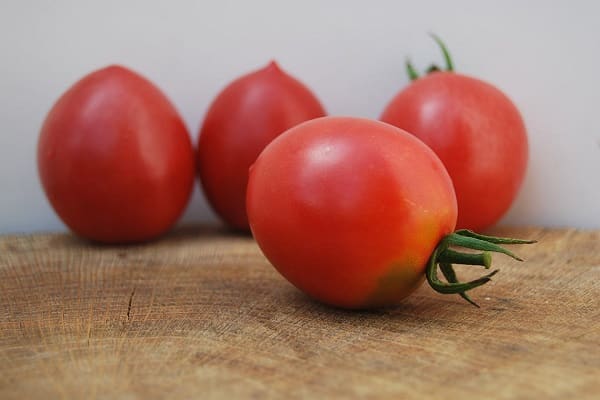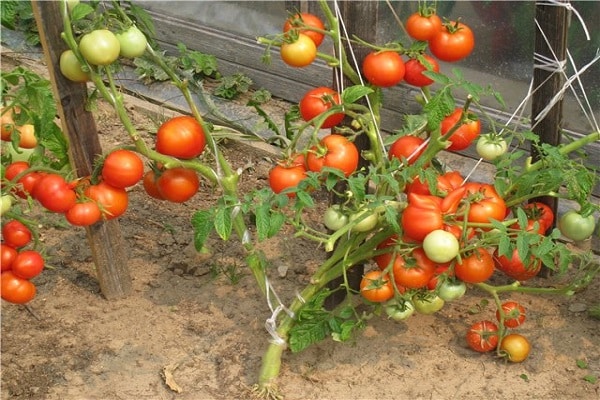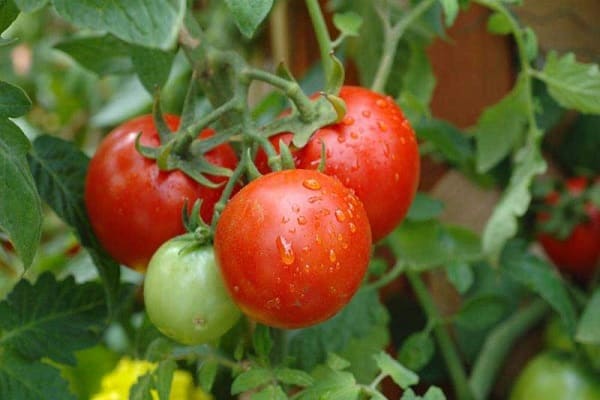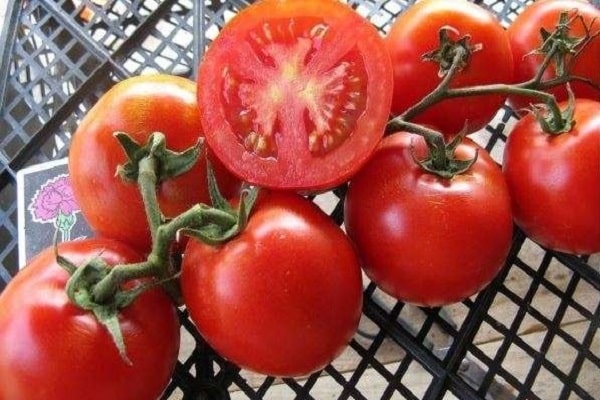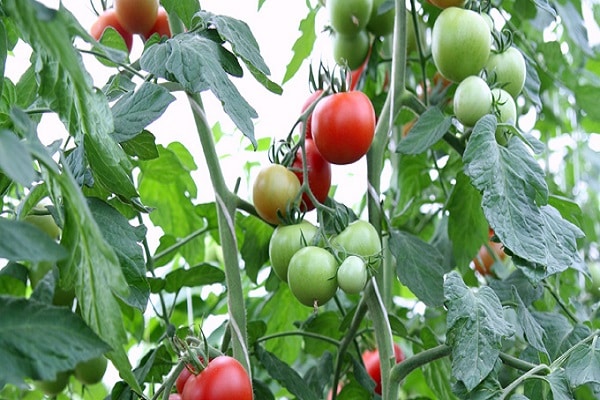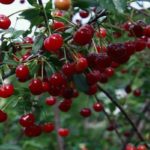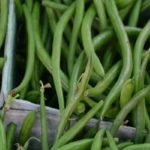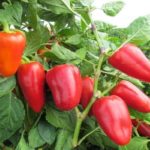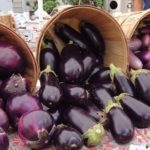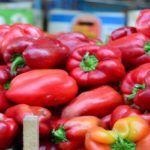The Slavyanka tomato belongs to a new generation of varieties; thanks to the breeding experiments of Siberian scientists, the plant has acquired the ability to ripen fruits early. The plant belongs to the category of tall species, the height of the bushes reaches 1.6-1.8 meters. The variety can be grown in heated greenhouses and shelters in regions with cold climates; in warmer climates, cultivation in open ground is acceptable.
[toc]
The strengths of the variety are:
- unpretentiousness to growing conditions;
- ability to survive stressful situations;
- high yields.
Tomatoes can be used fresh as a salad crop, while the taste and appearance are not lost when canned whole. The taste of tomatoes is no less beneficial when preparing juices and recipes containing tomatoes.
Description of tomato
Slavic tomato has a pronounced ovoid shape and has a unique raspberry-pink hue. On the lower part of the vegetable there is a characteristic formation that looks like a small spout. The average weight of a tomato ranges from 80 to 90 grams. Under greenhouse growing conditions, the weight characteristics of the fruit reach 120 grams. The yield from one bush reaches 4 to 5 kg.
The advantages of the variety are considered to be the high aesthetic qualities of the fruits and the excellent taste characteristics of the tomatoes. Reviews from gardeners speak of the characteristic tomato taste of vegetables and the extraordinary juiciness of tomatoes.
The fruits have a skin of sufficient thickness that prevents the tomatoes from cracking at the time of ripening. When canning, it allows tomatoes to maintain an attractive appearance after heat treatment when preparing winter preparations.
Features of care and cultivation
Cultivation is carried out by seedling method. Sowing is recommended to be done in the first or second ten days of April. The process of planting and caring for seedlings is standard and does not differ significantly from generally accepted agricultural cultivation techniques. When planting, experts recommend following the dates of the lunar calendar, which provides guidance for choosing the most favorable days for planting.
The first fruits are harvested 110-115 days after planting the seeds. After transplanting to a permanent location, it is recommended to form the shoots into one stem. Due to the high growth of the bushes, the plant needs to be provided with an additional support point in the form of tying.
To prevent the formation of excess green mass, periodic work to remove stepsons is necessary. If they are removed incorrectly or insufficiently, the plant will experience a lack of nutrients, and the bulk of them will be directed to the formation of leaves, and not to the formation of fruits.
The advantage of growing this variety is its good tolerance to temperature changes and prolonged rains. Tomato productivity indicators practically do not decrease under difficult climatic conditions. Experienced gardeners note the plant’s good immunity to tomato diseases. The plant needs regular watering, loosening and feeding with mineral complexes.

